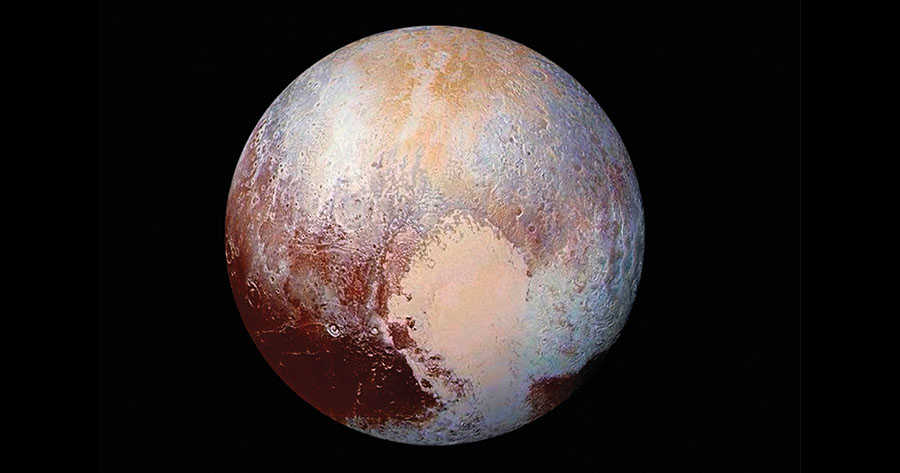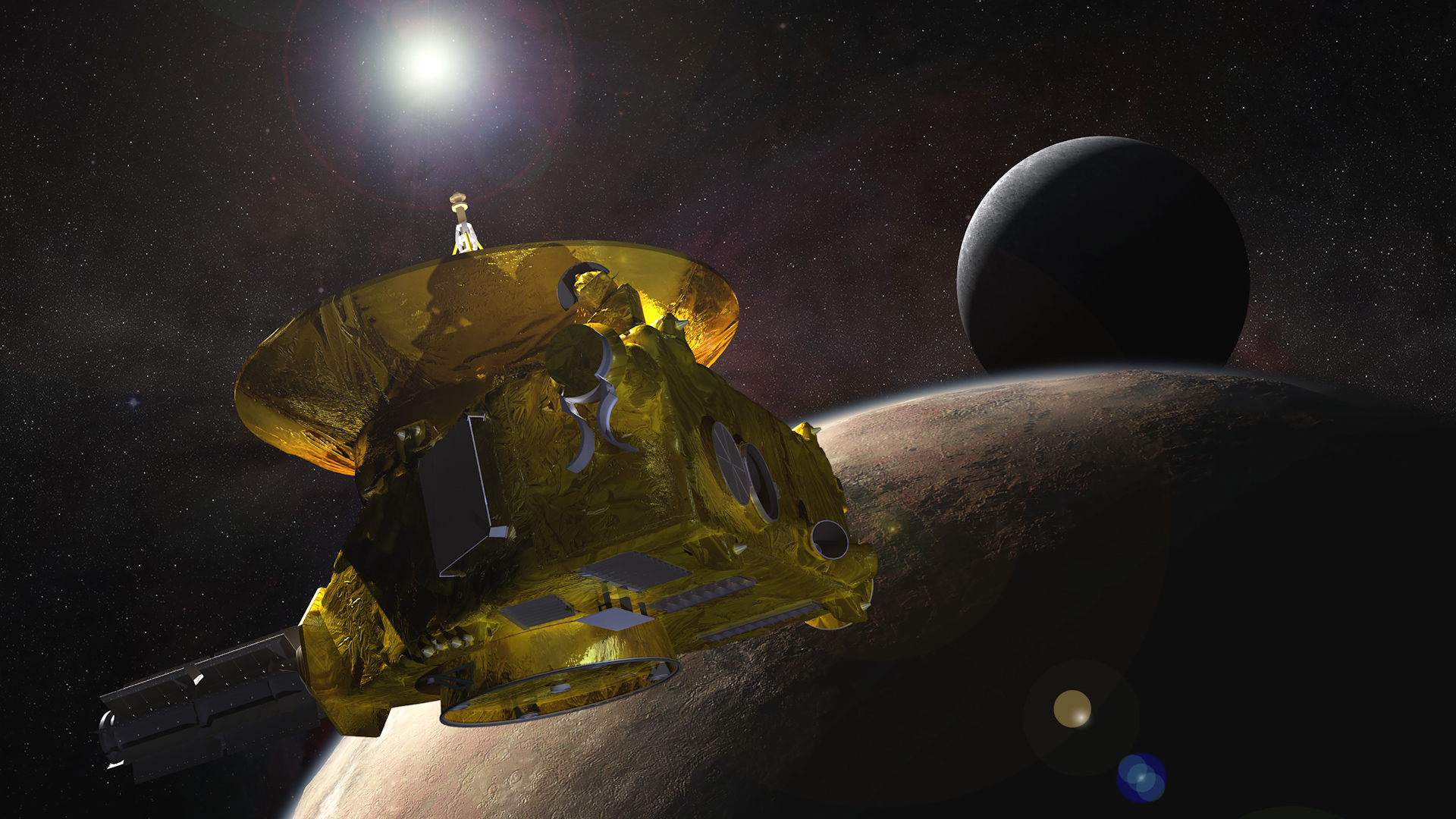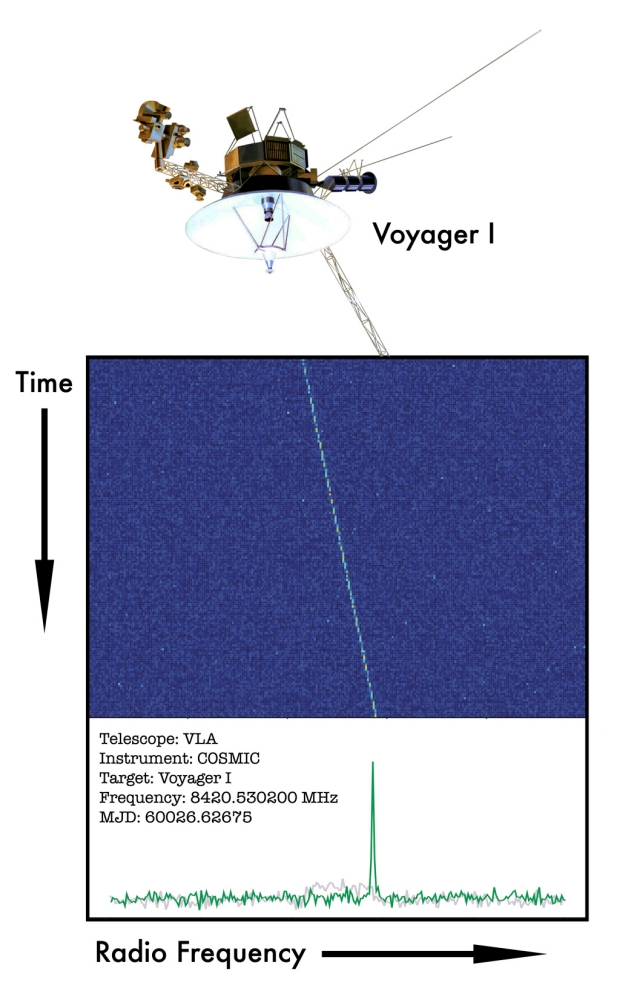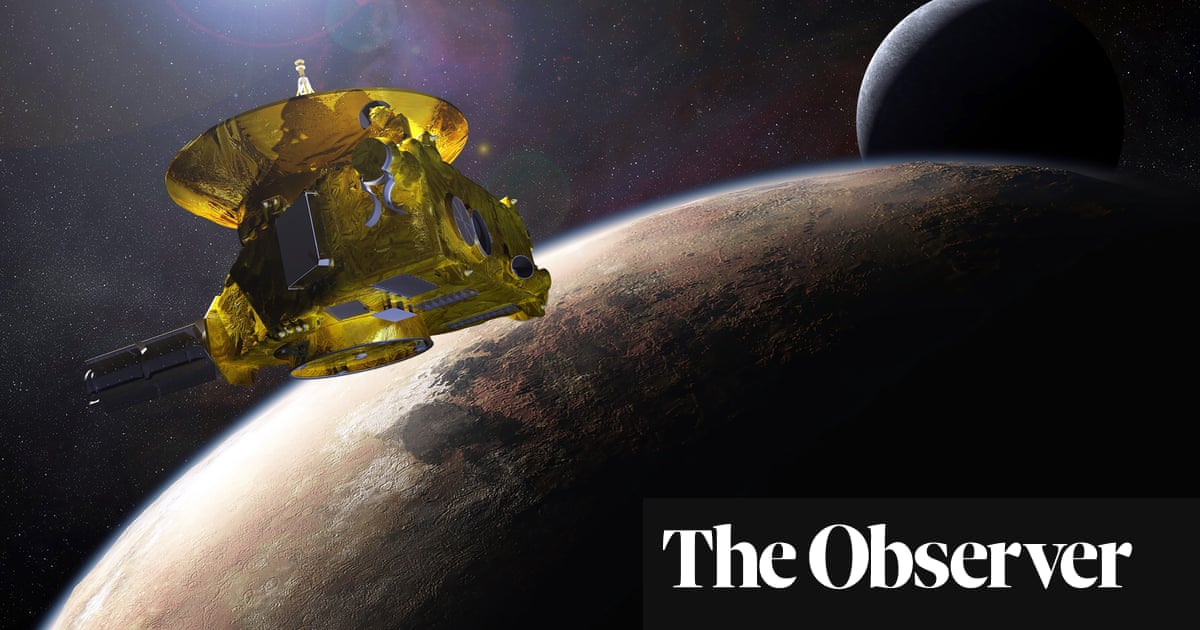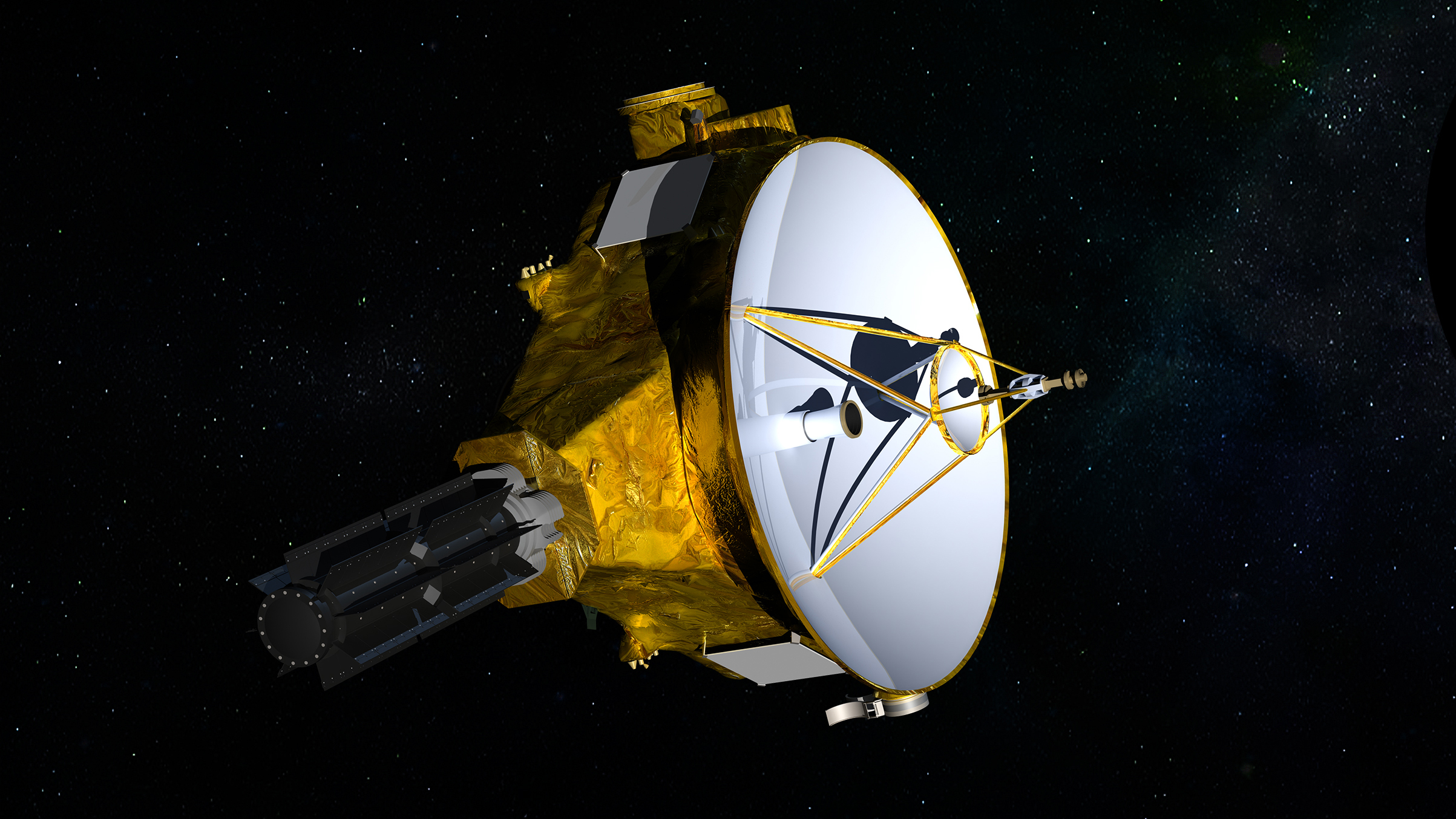The PI’s Perspective: Needles in the Cosmic Haystack
New Horizons is healthy and speeding across the Kuiper Belt, nearing a distance of 60 times as far from the Sun as Earth is!
The spacecraft continues to collect round-the-clock data on our Sun’s cocoon in the galaxy, called the heliosphere, and transmit that data, as well as the final data from our flyby of Kuiper Belt object (KBO) Arrokoth, back to Earth.
Since I last wrote in this space, two exciting developments have occurred regarding the mission’s primary goal, which is to explore the Kuiper Belt and the KBOs in it.
The approximate trajectories of NASA’s current and past interstellar spacecraft, including Voyager 1, Voyager 2 and New Horizons. (Credit: NASA/Johns Hopkins APL/SwRI)
The first of those was the publication of exciting new results from our onboard dust counter instrument, which you can find online. It shows that over the past few years, the instrument detected an unexpectedly high number of dust impacts. Why is that so exciting? Because it indicates more dust at greater distances from the Sun than expected, which in turn could be evidence of an extended Kuiper Belt, or even a second Kuiper Belt, lying ahead.
This paper does offer other possibilities for the high dust-impact rate in this part of the solar system, but, a second research paper from the New Horizons team, regarding our groundbased searches for KBOs to study along our trajectory, reports a surprising number of very distant KBOs ahead of us. That leads to a similar conclusion that the Kuiper Belt could be more extended, or even that there could be a second Kuiper Belt, still farther ahead. These new groundbased results have been submitted for scientific peer review but aren’t yet published. However, a summary of them is posted here and here.
Together, these results have ignited renewed interest in the possibility of finding a distant KBO that New Horizons could fly past in the late 2020s or even 2030s. Toward that end, our team has proposed a multiyear KBO flyby target search to NASA.
If approved by NASA, that effort would initially continue the deep, groundbased KBO searches with the Japanese Subaru Telescope we’ve been using, but with more search time and a deeper search enabled by a new, high-throughput filter that the New Horizons project provided to Subaru.
Then, beginning in 2025, we plan to propose to use the even more capable Vera Rubin Observatory (VRO), which is jointly funded by the National Science Foundation and the U.S. Department of Energy, for this search. VRO is a new observatory scheduled to come online in late 2024, and can search even more deeply than Subaru can.
In 2019 New Horizons made the first spacecraft reconnaissance of any Kuiper Belt object (KBO), exploring this small and ancient world called Arrokoth, just 21 miles (33 kilometers) long. (Credit: NASA/Johns Hopkins APL/SwRI)
Later, once NASA’s Roman Space Telescope is launched in 2027 or 2028, we would propose to employ this still even more capable observatory, also with custom machine-learning software and supercomputers to crunch those data.
Our calculations indicate that, given the evidence for an extended Kuiper Belt and very distant KBOs, that this triad of searches might just find New Horizons a second flyby KBO. But the calculations also show that even such a search is a longshot, looking for proverbial needles in the cosmic haystack, and might come up dry.
Nonetheless, we know that the odds of finding a new flyby target are much more remote without this newly envisioned set of searches. We also know that the scientific payoff of another KBO close flyby for planetary science in general are immense. And the New Horizons team is eager to search. We are willing to try everything humanly possible to get to another KBO flyby. If we do succeed, we’ll have hit the jackpot, and will have the ability to once again be firing our engines to intercept a KBO for close up study, just as we did to achieve the 2019 flyby of KBO Arrokoth — the first KBO ever examined by any spacecraft!
Also just ahead for New Horizons is our continuing studies of the Sun’s outer heliosphere, observing KBOs we pass in the distance, and making other scientific measurements that only a spacecraft in the distant Kuiper Belt can make.
New Horizons is in excellent health, and has sufficient fuel and power to continue to explore into the 2040s, at least. By the late 2020s or 2030s, the spacecraft should fly through the heliosphere’s so-called termination shock, which is the precursor to the heliopause and our entry into interstellar space! NASA’s venerable Voyager spacecraft have already studied the termination shock, the heliopause and interstellar space, but New Horizons has more modern sensors aboard, to greatly supplement what the Voyagers could do.
This depiction of the Sun’s heliosphere includes the termination shock that New Horizons will cross in the years ahead, the first of several heliospheric boundaries as our spacecraft approaches interstellar space. (Image credit: NASA/IBEX/Adler Planetarium)
To make all this possible, as our spacecraft’s nuclear battery produces less and less power each year, we plan to uplink new software. That software package is called autonomy and fault protection, and the team is already designing and coding it. After extensive testing, we expect to transmit it to New Horizons using NASA’s Deep Space Network (DSN) of communications antennas. You can learn more about the DSN.)
I’m excited about all of these plans for New Horizons. I’m also excited for us to continue to making scientific discoveries in data we’ve already acquired and the data we’ll collect in 2024. Nearly two-dozen scientific papers with such results, ranging from Kuiper Belt and KBO studies, to heliospheric science, and more, were published in 2023, and a similar number is planned for this year.
Finally, before I close, I want to remind you that we’ve updated our mission website to include new details about New Horizons activities and our extended mission — so check it out when you can, and look for more updates to be posted there!
Well, that’s my update for now. I’ll write again later in the year. In the meantime, I hope you’ll always keep exploring — just as we do!
–Alan Stern
New Horizons Mission Principal Investigator

